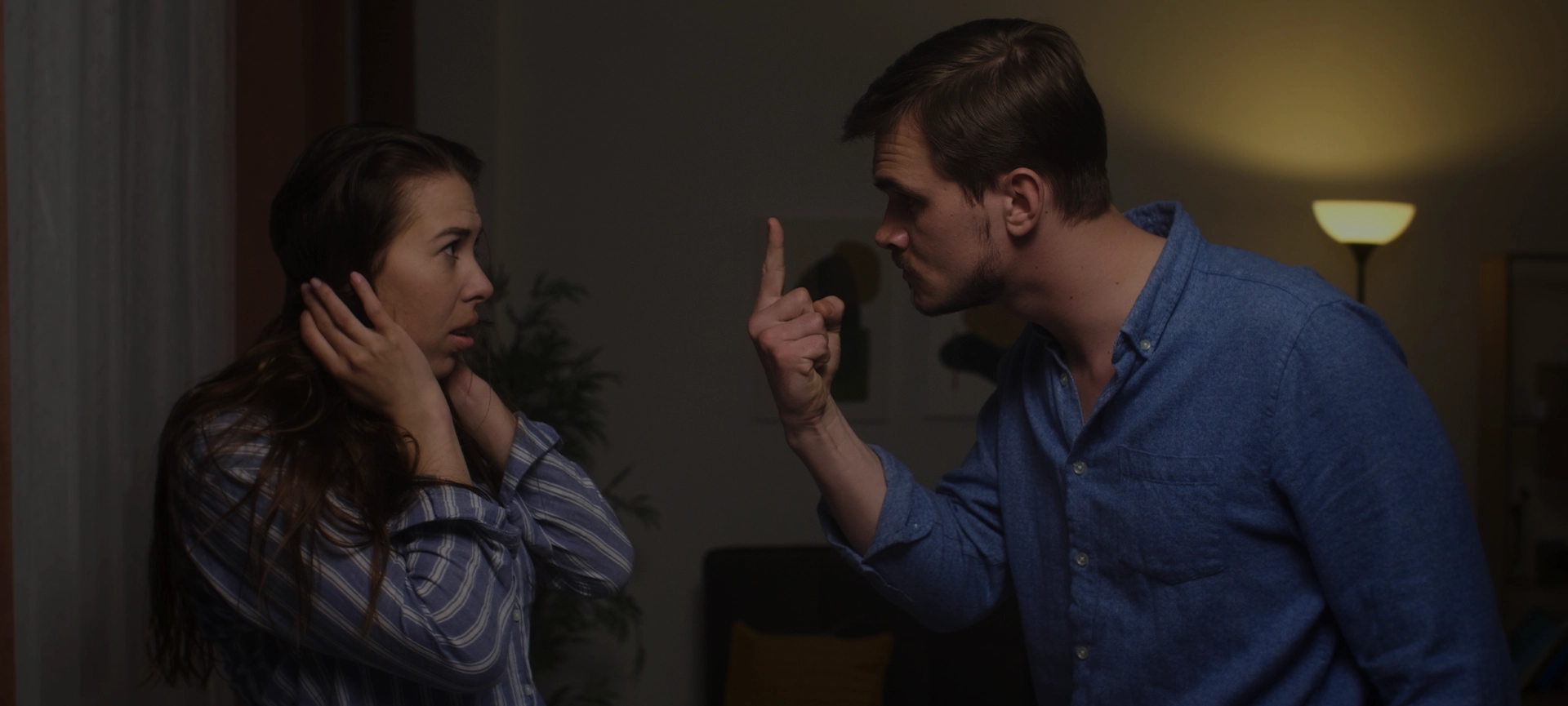There have long been whispers in the criminal defence bar that Ontario’s judicial appointment process is broken.
Since June 13, 2017, when Ottawa area MP Yasir Naqvi took the reins as Ontario’s attorney general, 70 per cent of his appointments to the bench have been drawn from the Crown’s office. Over the last eight months 17 judges have been appointed to the Ontario Court of Justice — 12 of those appointments were Crown attorneys and five were defence counsel.
That does not seem like a level playing field.
But this is not a new problem special to Naqvi — it has been this way for decades.
Don’t get me wrong — Crown attorneys can and do make fantastic judges. Some of my very favourite judges are former Crown attorneys and they have proven to be smart, fair, compassionate and a pleasure to appear before. But the simple numbers cast doubt on what at first blush appears to be a rigorous and independent provincial judicial application and review process.
In Ontario aspiring judges must submit 14 copies of their application packageto an independent committee which reviews and interviews the candidates and provides a ranked list to the attorney general who then makes his picks.
The independent committee is made up of a mix of members from the bench, bar and general public and its composition is legislatively required to reflect the diversity of Ontario’s population, including gender, geography, racial and cultural minorities. And the committee is not stacked with Crowns or provincial bagmen and it currently includes David M. Humphrey — a respected criminal defence lawyer. Also, I have a bit of inside information: since Naqvi became Ontario’s chief legal adviser to the Her Majesty the Queen in Right of Ontario many many excellent defence counsel have submitted judicial applications.
So, excellent criminal lawyers are applying, the ranking process is independent, and the selection committee includes a powerful voice from the defence bar — so where does the inequity in appointments come from?
It may be that systemic institutional bias favours Crown attorneys.
Perhaps one small example: If senior defence counsel wish to take a continuing legal education course they have to not only pay for the program but take unpaid time off work to attend it. You see, in private practice there are no salaries — you eat what you kill. Superstars in the Crown’s office can take advantage of internal courses, subsidized conferences and they still get paid their salaries — it’s all pensionable time. So maybe Crown lawyers just look better on paper and get ranked higher by the committee. Or maybe they don’t and the attorney general just prefers to pick his own. It is impossible to say — the lists, the AG’s decision and his reasons are all secret. But it seems that Naqvi may finally be taking some baby steps to level the judicial playing field. His latest appointment of three judges to the Ontario Court of Justice in Ottawa included two former defence lawyers (let’s be clear — these were no token appointments but legal heavyweights).
So only another seven rounds of appointments like the latest one and Naqvi’s numbers will be even. And we all should hope that Naqvi’s move toward parity continues. A diverse bench is to all of our benefit. Former defence counsel know the difficulties of private practice — no pension, difficult clients and meagre legal aid pay. These former defence counsel judges are no more compassionate or intelligent than their brothers and sisters who were plucked from the Crown’s office but they have first-hand experience with a different side of the adversarial system. In the post-Jordan era of overflowing dockets, where every adjournment could lead to serious cases being thrown out of court, judges who have first-hand experience dealing with retainer delays, unrepresented accused and difficult clients bring a special value to the bench.
For our justice system to be truly just, our bench must be comprised by a diversity of race, religion and perspective — but quite frankly we can do better on all fronts.



